Day 1 Lisbon
Day 2 Lisbon
Day 3 Lisbon - Obidos - Alcobaca - Nazare - Fatima - Tomar (198 km)
Day 4 Tomar - Coimbra - Porto (90 km)
Day 5 Porto
Day 6 Porto - Guimaraes - Viseu (432 km)
Day 7 Viseu - Belmonte - Castelo De Vide - Evora (9140 km)
Day 8 Evora - Lisbon (131 km)
Day 9 Lisbon
Day 1:
Lisbon
Breakfast: Excluded|Lunch: Excluded|Dinner: Included
Welcome to Lisbon! At 6:00 pm, meet your tour director and traveling companions for a welcome dinner at your hotel.
Day 2:
Lisbon
Breakfast: Included|Lunch: Excluded|Dinner: Excluded
Morning sightseeing with a local guide features a drive through the Baixa quarter's main squares and a walk along the cobblestone alleys of quaint Alfama, the popular quarter of the seamen and Fado singers. Drive along the grand Avenida da Liberdade up to Pombal Square, and stop for pictures of Belem Tower and the Monument of Discoveries. Also visit the Jeronimos Monastery with the tomb of Vasco da Gama. An interesting optional excursion to the royal palace of Queluz is available, as well as dinner at a typical taverna with Fado-style entertainment.
-
Lisbon, PORTUGAL
The capital city of Portugal, Lisbon is one of Europe's most important economic centers. It is also one of the most popular tourist destinations. Historically significant locations include Belem Tower and Jeronimos Monastery, which are recognized by UNESCO.
Alfama District
Alfama, with its winding passages of narrow streets and steep stairways, is Lisbon's oldest district. Its name derives from Arabic because of the city's medieval Muslim rulers. Alfama is home to many restaurants and cafes that showcase live Fado music.
Pombal Square
The full name of this public space in Lisbon is the Marquis of Pombal Square, a former prime minister of Portugal in the 18th century. It is now a busy roundabout for automotive traffic.
Tower of Belem
This fortified tower off the coast of Lisbon, also known as the Tower of St. Vincent, was built to defend the city in the 16th century. It was built in the Portuguese Manueline style of architecture of the 16th century.
Monument of Discoveries
This monument is located at the mouth of Lisbon harbor, commemorating the age of exploration, when ships bound for the American continents in the west would pass through the Tagus estuary.
Jeronimos Monastery
The Jeronimos Monastery in Lisbon was once the home of the city's Hieronymite religious order, and one of the best examples of the Portuguese Manueline style of architecture. Today, the facility houses the National Archaeology Museum and the Marine Museum.
Day 3:
Lisbon - Obidos - Alcobaca - Nazare - Fatima - Tomar (198 km)
Breakfast: Included|Lunch: Excluded|Dinner: Included
Stop in medieval Obidos and go back in time as you pass the main gate in the impressive perimeter wall and walk along the narrow streets. Continue to Alcobaça to visit the Church of Santa Maria Monastery. See the elaborate tombs of King Pedro I and his Castilian lover, Inês de Castro. The fishing harbor of Nazaré is the perfect place for a leisurely lunch break. In the afternoon, mix with the pilgrims at the country's hallowed national shrine, Fatima's Sanctuary of Our Lady of the Rosary. Overnight in Tomar.
-
Obidos, PORTUGAL
A town and a municipality in the Oeste Subregion in Portugal. Obidos remains a well-preserved example of medieval architecture; its streets, squares, walls and its castle are a popular tourist destination.
-
Alcobaca, PORTUGAL
A city and a municipality in Oeste Subregion, region Centro in Portugal. The city became notable after the first king decided to build a church to commemorate the Conquest of Santarem from the Moors in 1147. The church later evolved into the Monastery of Alcobaca.
Alcobaca Monastery
This church and monastery were the first Gothic buildings in Portugal, founded in 1153. The main components of the complex are the royal tombs, the Chapel of St. Bernard, the royal Pantheon, the sacristy, and more.
-
Fatima, PORTUGAL
Fatima is a civil parish in the municipality of Ourem, in the Portuguese Santarem District.
Sanctuary of Fatima
The Sanctuary of Fatima is a large, open public facility dedicated to the Virgin Mary. The site features many buildings, including a minor basilica and two small chapels.
Day 4:
Tomar - Coimbra - Porto (90 km)
Breakfast: Included|Lunch: Excluded|Dinner: Excluded
In Tomar, we will visit the hilltop Convent of Christ with its famous Manueline Window. Continue to Coimbra. After a visit to the 700-year-old university, drive by ancient Buçaco Forest on your way to Porto. Tonight, why not relax during an optional cruise on the Douro River, followed by dinner at one of Porto's fine restaurants?
-
Tomar, PORTUGAL
This small town in Portugal began within the walls of the Convento de Cristo, which was founded by the Knights Templar and remains one of the best places to visit in the entire country.
Convent of Christ
A former Roman Catholic convent in Tomar, Portugal. The convent and castle complex is a historic and cultural monument and was listed as a UNESCO World Heritage site in 1983.
-
Coimbra, PORTUGAL
The third-largest city in Portugal, Coimbra was once the country's capital until roughly the end of the Middle Ages, and is filled with historical buildings and beautiful architecture.
Coimbra University
This university was established in 1290, making it one of the oldest continuously operated centers for higher education in the entire world. The beautiful campus is dotted with old, classical buildings.
-
Porto, PORTUGAL
Porto is the second-largest city in Portugal. This center of Portuguese urban life is more than one thousand years old and a registered UNESCO World Heritage Site. Porto also lends its name to port wine, which it first produced.
Day 5:
Porto
Breakfast: Included|Lunch: Excluded|Dinner: Excluded
Sightseeing with a local guide includes a panoramic drive to the mouth of the Douro River, the soaring cathedral, the richly decorated Church of Saint Francis, and the Stock Exchange with its contemporary Arabian Hall, inspired by Granada's Alhambra.
-
Porto, PORTUGAL
Porto is the second-largest city in Portugal. This center of Portuguese urban life is more than one thousand years old and a registered UNESCO World Heritage Site. Porto also lends its name to port wine, which it first produced.
Church of Saint Francis
The most prominent Gothic monument in Porto, Portugal, being also noted for its outstanding Baroque inner decoration. It is located in the historic centre of the city, declared World Heritage Site by UNESCO.
Day 6:
Porto - Guimaraes - Viseu (432 km)
Breakfast: Included|Lunch: Excluded|Dinner: Included
Enjoy a walk through the medieval center of Guimaraes. Next, taste Portuguese tapas at the Quinta da Aveleda Winery and visit its splendid Gardens. From here, a scenic road through the port wine vineyards leads to Viseu, where dinner at a local restaurant awaits!
-
Guimaraes, PORTUGAL
A city and municipality located in northern Portugal. Its historic town centre is listed as UNESCO World Heritage Site since 2001, in recognition for being an "exceptionally well-preserved and authentic example of the evolution of a medieval settlement into a modern town" in Europe.
-
Viseu, PORTUGAL
A city and municipality in the Centro Region of Portugal, a regional economic hub with a strong wine industry and is the seat of international conglomerate Visabeira. The city is also a cultural center, home to the nationally acclaimed Grão Vasco Museum, seat of the Roman Catholic Diocese of Viseu.
Day 7:
Viseu - Belmonte - Castelo De Vide - Evora (9140 km)
Breakfast: Included|Lunch: Excluded|Dinner: Included
This morning, stop in Belmonte, today a symbol of Jewish awakening, for a visit to the Jewish Museum. Also enjoy an Olive Oil Tasting. Enjoy an afternoon break in Castelo de Vide, with time to walk through the Jewish quarter with its white-washed houses and its medieval synagogue. Before arriving in Evora, visit a Cork Factory and learn about the many ways this material can be used.
-
Belmonte, PORTUGAL
A municipality in the district of Castelo Branco, Portugal. The population in 2011 was 6,859, in an area of 118.76 km².
-
Castelo de Vide, PORTUGAL
A municipality in Portugal, with a population of 3,407 inhabitants in 2011 in an area of 264.91 square kilometres.
Day 8:
Evora - Lisbon (131 km)
Breakfast: Included|Lunch: Excluded|Dinner: Included
A massive wall surrounds Evora's medieval center, classified as a UNESCO World Heritage Site. Follow your local guide on a walking tour through its narrow alleys to the Roman Temple, the early gothic Cathedral, Portas de Moura fountain, and Sao Francisco Church. Visit the Ossuary Chapel, with walls covered with thousands of human bones and skulls. Tonight, enjoy a farewell dinner with your traveling companions.
-
Evora, PORTUGAL
Evora is a city and a municipality in Portugal. Due to its well-preserved old town centre, still partially enclosed by medieval walls, and a large number of monuments dating from various historical periods, including a Roman Temple, Evora is a UNESCO World Heritage site.
Roman Temple
This temple to the ancient Roman goddess Diana was built in the first century C.E. in homage to the emperor Augustus. It is located in the town's central square.
Cathedral of Evora
One of the oldest monuments in the Portuguese city of Evora, the local cathedral was first built between 1184 and 1204, right after the city was recaptured from Arab rule. Over the years, many additions were made.
Igreja de Sao Francisco
This Gothic church was built in the early 16th century. It is most famous for its Chapel of Bones, which is filled with the bones of Franciscan monks, one of the city's most famous monuments.
Capela dos Ossos
One of the best known monuments in Evora, Portugal. It is a small interior chapel located next to the entrance of the Church of St. Francis. The Chapel gets its name because the interior walls are covered and decorated with human skulls and bones.
Day 9:
Lisbon
Breakfast: Included|Lunch: Excluded|Dinner: Excluded
Your vacation will end with breakfast this morning.

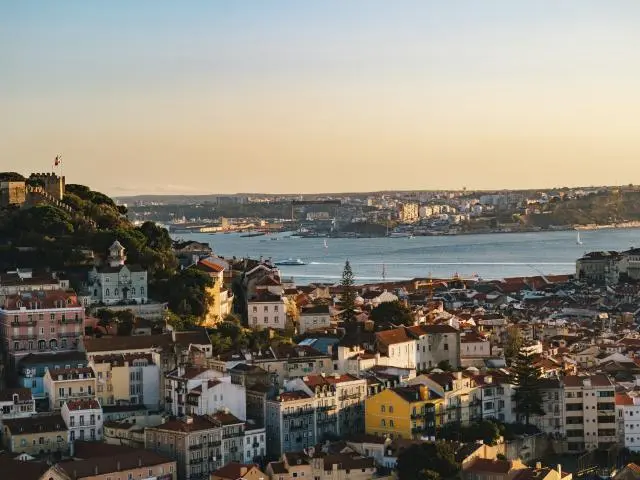
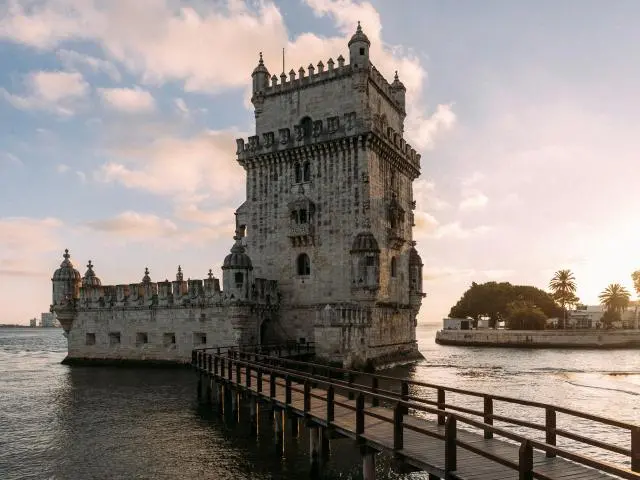



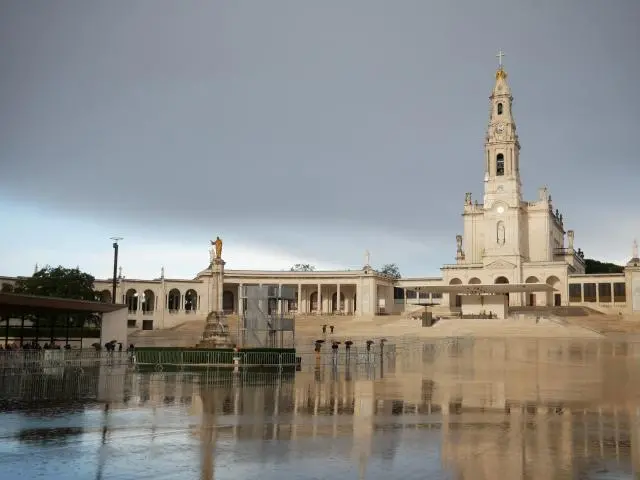
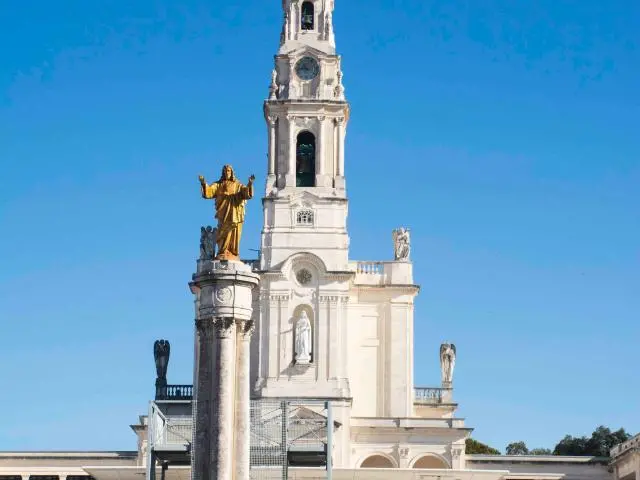
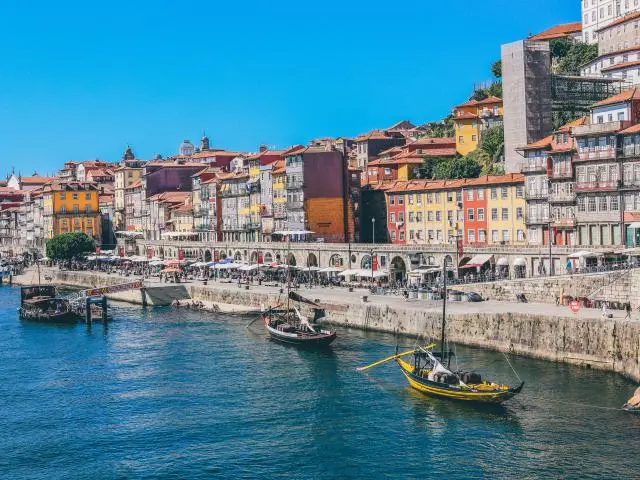

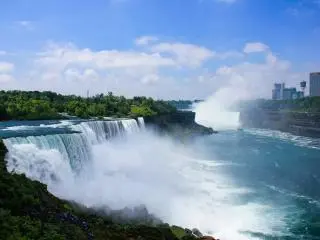 2-Day Niagara Falls Tour from New York or New Jersey...
2-Day Niagara Falls Tour from New York or New Jersey...
 3-Day Niagara Falls, Washington DC, Philadelphia Tour from New...
3-Day Niagara Falls, Washington DC, Philadelphia Tour from New...